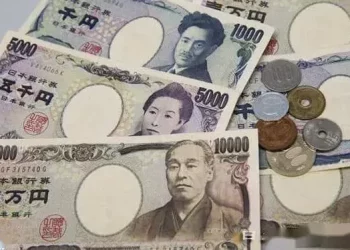ABN Amro economists delve into the evolving landscape of USD/JPY and EUR/JPY as both currency pairs exhibit signs of decline, scrutinizing the potential factors influencing the Yen’s outlook.
The BoJ’s Gradual Hiking Path and Yen Recovery
A predominant factor driving the recent recovery of the Yen stems from speculation surrounding the Bank of Japan‘s (BoJ) potential initiation of a policy rate hike in March. A similar scenario unfolded at the close of the previous year, only to result in market disappointment as the BoJ refrained from commencing its hiking cycle. The current anticipation for a March start raises questions about the potential communication strategy and pace of rate hikes, leaving room for market disappointment.
Despite potential concerns, ABN Amro anticipates the continuation of the Yen’s recovery. The projected narrowing of spreads between the US and Japan, as well as the Eurozone and Japan, is expected to contribute to lower levels in USD/JPY and EUR/JPY. While much of this adjustment is already factored into market expectations, the narrowing spreads are poised to play a pivotal role.
Supportive Factors for the Yen Amid Divergent Monetary Policies
A notable dynamic influencing the Yen’s trajectory is the divergence in monetary policy between the BoJ, which may embark on a hiking path, and the Federal Reserve (Fed) and the European Central Bank (ECB), which are contemplating rate cuts. This divergence, in conjunction with actions primarily from the ECB and the Fed, is deemed supportive for the Yen. However, ABN Amro emphasizes the significance of the BoJ’s approach, anticipating a very gradual hiking path.
In conclusion, the Yen’s recovery is expected to persist, propelled by a combination of narrowing spreads and a divergent monetary policy landscape. While the BoJ’s actions will likely be gradual, the overall supportive environment generated by monetary policy divergences sets the stage for continued Yen resilience.

























